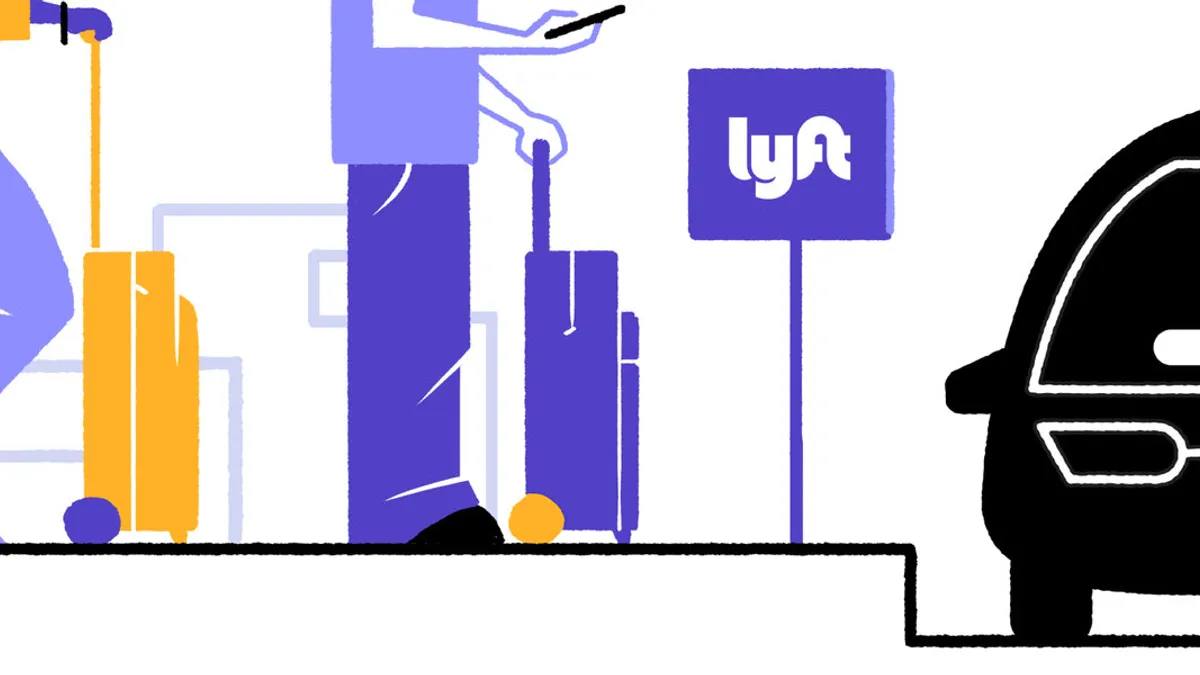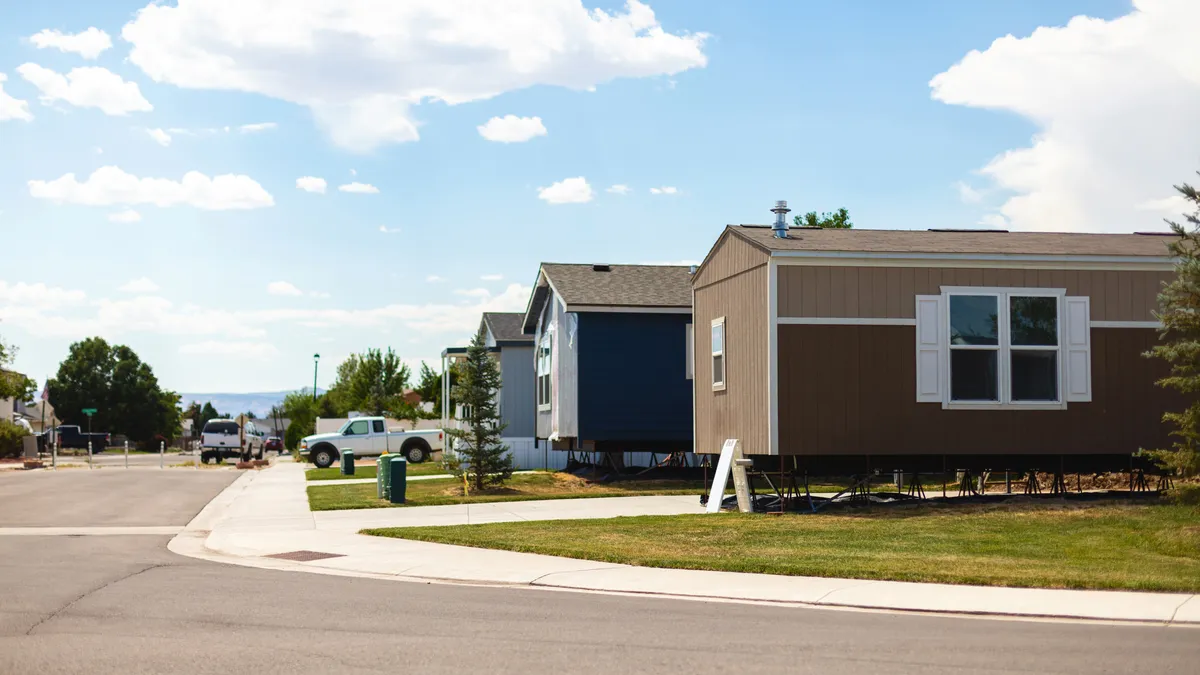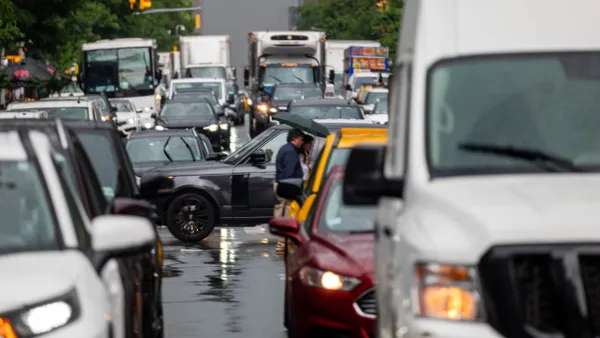Dive Brief:
- On Monday, Lyft rolled out a feature at Portland (OR) International Airport (PDX) that's designed to make pick-ups easier and quicker, the company announced in a blog post. Uber launched its version of the personal identification number (PIN) feature on the same day, according to TechCrunch.
- Passengers open the app to request a ride and receive a numerical code, then they are instructed to wait in a pick-up line outside. When it's their turn, the passenger shows their code to the driver and the trip information is conveyed, then the ride proceeds as usual.
- The feature is intended to increase the efficiency and convenience of ride-hailing in airport pick-up zones.
Dive Insight:
Ride-hailing services have tried out the code matching system at events where people are densely located in a relatively small space, such as sporting events or festivals. PDX is the first U.S. airport where the PIN system has been put to use; Uber tested it at an airport in India.
A number of publications report that Uber is testing the PIN feature at PDX as a pilot program; a Lyft spokesperson told Smart Cities Dive the company has made this a permanent feature at PDX.
Last month, the news broke that Lyft would unveil this feature at San Diego International Airport (SAN) in mid-May. "We are excited to partner with additional airports to expand this improved curbside experience," said Bakari Brock, senior director of city partnerships at Lyft, in a separate statement.
This concept essentially is the same as the tried-and-true taxi lines at airports, but it adds the element of an app to the mix. It has the potential not only to alleviate the confusion and wasted time of passengers and drivers try to find each other at airports — a sometimes chaotic scene — but also to increase safety through the use and verification of a matching code.
Because the system is more organized and less time consuming than the current ride-hailing airport pick-up method, it could reduce traffic congestion on airport property and adjacent roads. That reflects the trend for cities including Atlanta that use technology to improve the flow of planes, people and traffic as U.S. airports become more congested.











